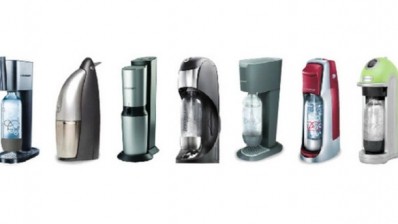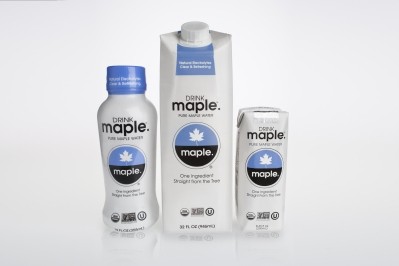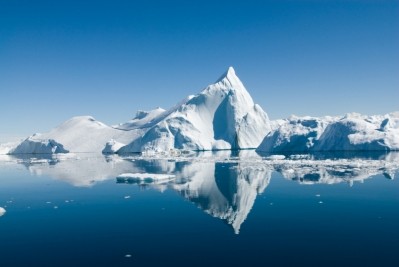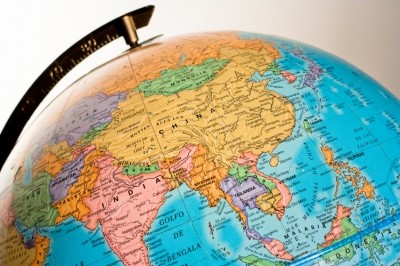Global Bottled Water Congress, Lisbon
Terroir, history and heritage: Protecting Europe’s natural mineral and spring waters
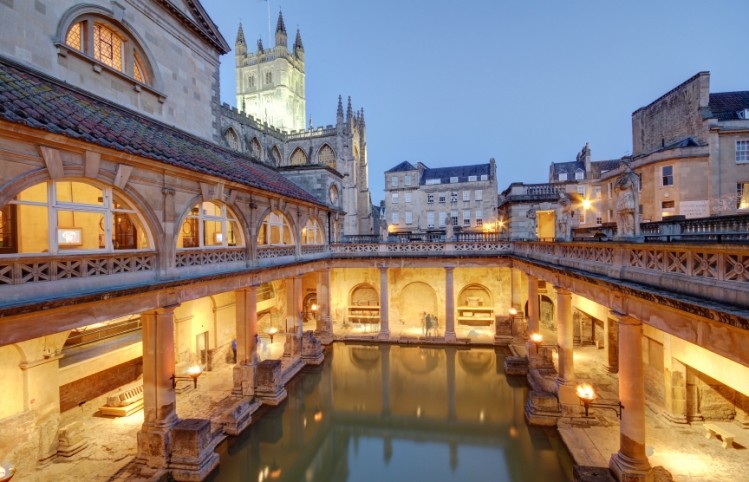
In Europe, 97% of bottled water is natural mineral or spring water (in contrast to markets like the US where the bulk of sales is processed water). Under EU legislation, natural mineral and spring waters must come from a specified source, protected from pollution, and cannot be treated.
Speaking at Zenith International’s Global Bottled Water Congress in Lisbon this week, the EFBW highlighted that terroir plays an important part in each bottled water brand, making each product unique. A rich cultural history, valuing thermal springs and natural sources, also enhances the concept.
But the EFBW, an industry representative, warns each terroir has to be protected, particularly in light of the potential for fracking to pollute springs and sources.
What is bottled water?
Europe has the highest per capita consumption of packaged water in the world, just ahead of North America. Portugal and Italy are among the biggest consumers per capita.
Jean-Pierre Deffis, president of the EFBW, said it was important to understand what ‘bottled water’ means in Europe.
“We have mineral water and spring water, not processed water,” he explained. “What does that mean? We need to be safe to drink at source in the natural state, without disinfection or chemical treatment. So the product is delivered in its original state.
“It may only be bottled at source and fitted with a tamper proof seal. Transport in tankers is prohibited. And one spring is one brand – production cannot be licensed elsewhere.
“So it’s very challenging, but it’s at the heart of our industry, and that’s why we are successful.”
One of the EFBW’s roles is to promote the protection of sources: working with the EU and stakeholders.
With the emergence of fracking in Europe, protection of sources becomes more important than ever, said Deffis.
Hydraulic fracturing (‘fracking’) refers to the exploitation of gas and oil from shale rock. Rocks are artificially fractured by injecting fluids (water, sand and chemicals) at high pressure.
While the practice is used in the US, the process is still in its infancy in Europe.
Part of the controversy surrounding fracking in Europe comes from fears chemicals could escape into groundwater.
“We are very concerned about it, as an industry,” said Deffis. “It may be dangerous for our source and the protection of our source. It could be contaminated by chemical products.”
The EFBW is calling for specific legislation to protect catchment areas around underground water sources. It wants to see any exploration and exploitation fracking activity in such areas clearly prohibited.
Cultural heritage
Natural mineral waters and spring waters are part of Europe’s cultural heritage: recognized for their purity over centuries. Water sources were once sites of worship and springs emerging from the ground were considered magical, infused by the gods with therapeutic and healing powers.
The ancient Romans promoted drinking such waters; and built public baths (modern thermal resorts are now often based on the Roman traditions).
In the 18th and 19th centuries, interest was renewed by the curative claims of natural mineral waters – regarded as having healing properties. With the rampancy of waterborne illnesses such as cholera and typhoid, people sought uncontaminated natural drinking water. Thermal spas again became fashionable destinations.
Bottling and commercialisation of natural mineral waters began in the mid 16th century.
“We have a long history - a thermal history - of source protection that has been the key of our product and our success,” said Deffis. “We have been able to protect our source for years and years.
“Natural mineral waters are an important part of Europe’s cultural heritage; they offer outstanding quality and we’re to be proud of that.”
Such water has high quality and safety standards, he added. Meanwhile, there is a large range of products, thanks to mineral variations, which give a diversity of taste and composition.
Patricia Fosselard, secretary general for EFBW, said a product’s links to its unique source – its terroir – is one of the industry’s strongest points.
“What I would like to stress is how specific the European market is, compared to the global picture,” she said.
“97% of what is consumed is natural: either natural mineral water or spring water. So when we take place in international discussions, we have to get those specifities across. European consumers go for a natural, untreated terroir. A product is linked to a thermal spa, a mountain, or a spring.”
The European market has a turnover of around 12.4bn euros, with total bottled water consumption at 52bn litres.
Europe boasts some 600 producers: and 84% of these are SMEs.
